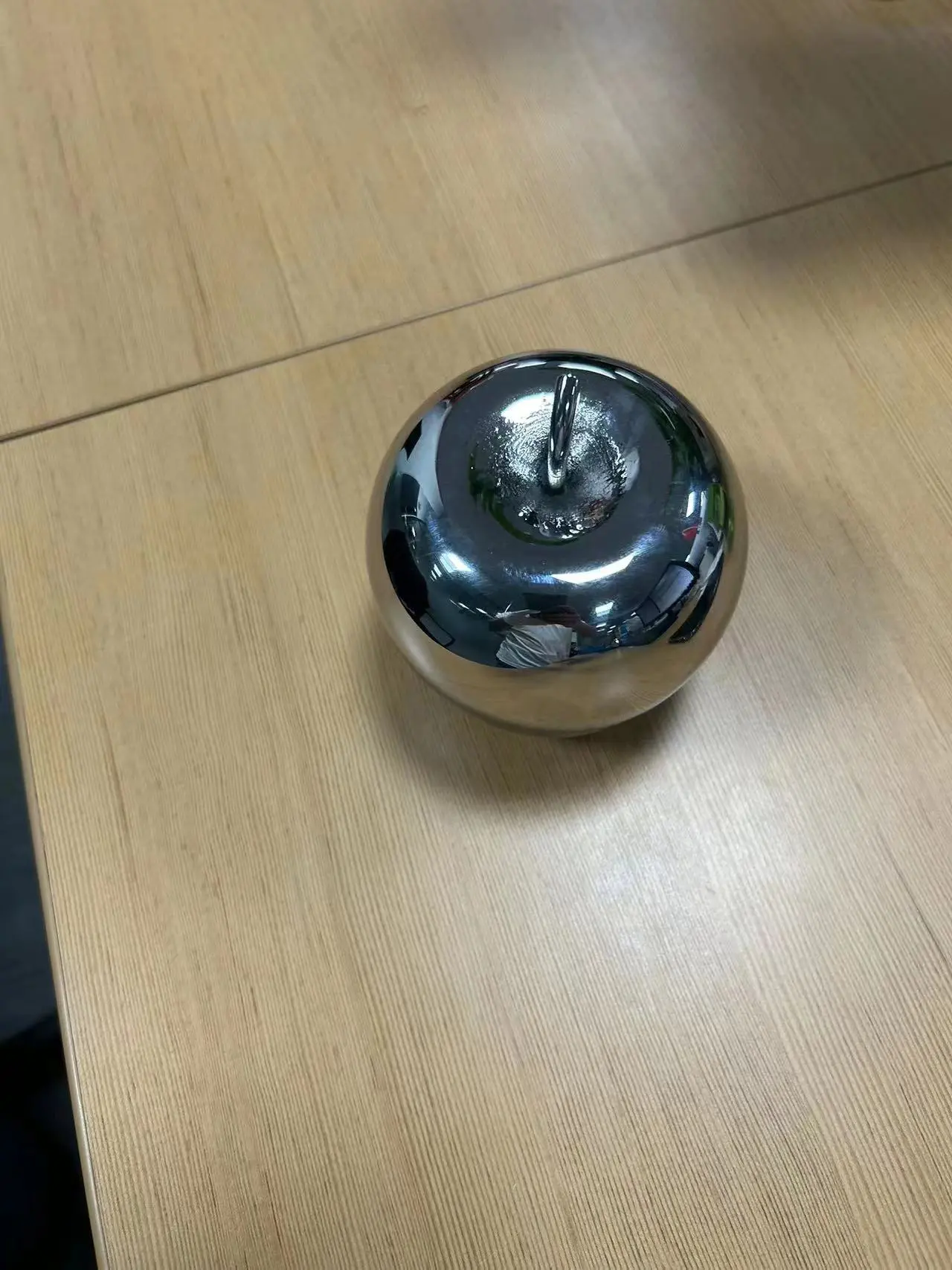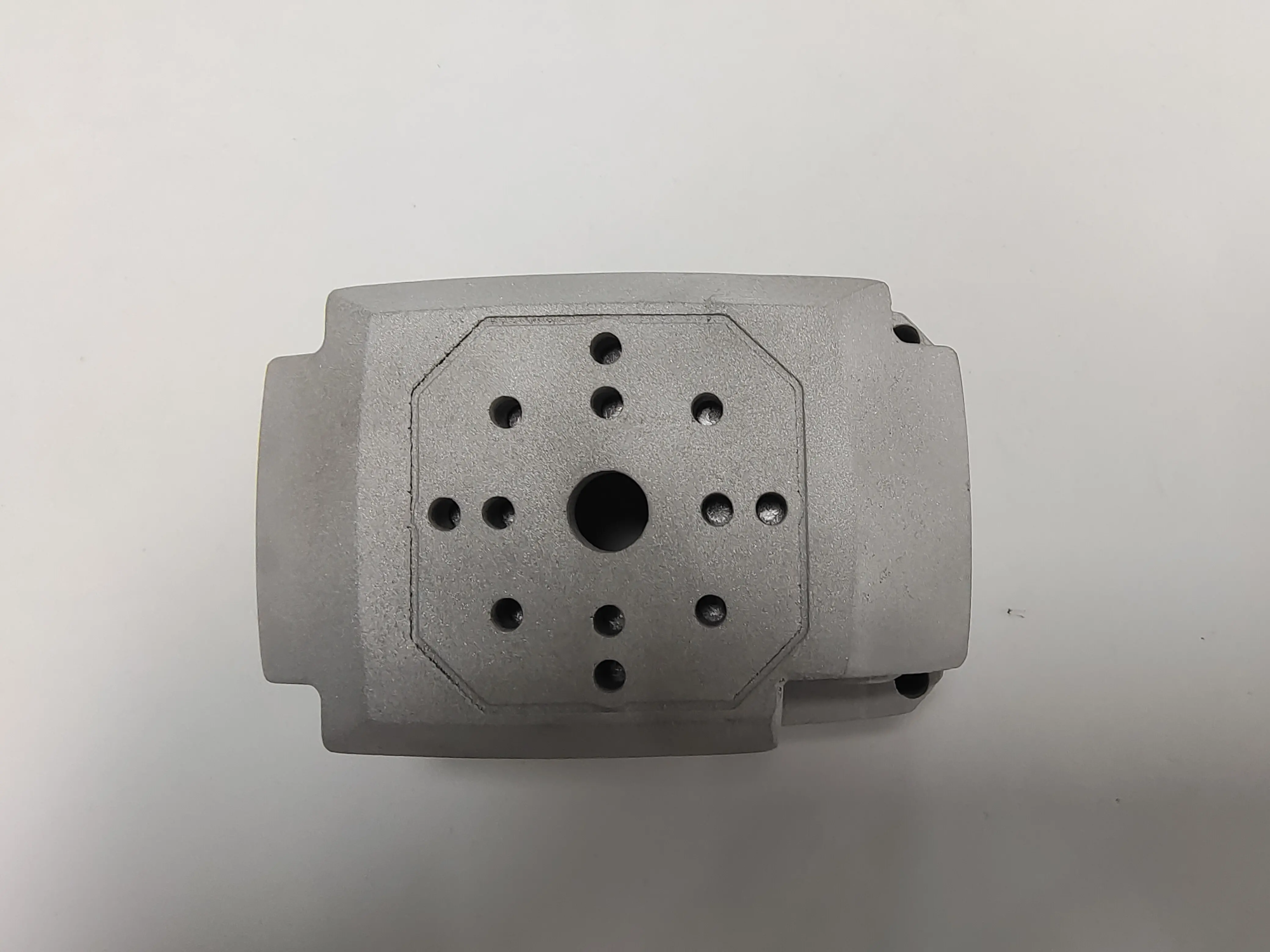ASIGA 3D Printer Ecosystem: A Full-scale Appearance of Precision-Driven Industry
For professionals in dentistry, jewelry and rapid prototyping, name Loan Resonates with precision, reliability and cutting-edge UV photopolymerization technology. From Australia, Asiga carved a niche in the competitive DLP (Digital Lighting Processing) and LED-based 3D printing markets that always offer high-resolution systems built for industrial workflows. This review examines what makes Asiga printers stand out and why they become staples in demanding environments.
Asiga Technology: Beyond Basic Resin Printing
Asiga’s core advantage lies in its innovative use High-intensity ultraviolet LED light engine and powerful hardware/software integration. Unlike more consumer-centric resin printers, Asiga Systems prioritizes:
- Calibration accuracy: Proprietary optical and precise light control ensure excellent dimensional accuracy and minimal distortion, which is critical for applications such as crowns or complex prototypes.
- Open Materials Platform: One definition of strength is Asiga’s commitment to the open materials ecosystem. Users do not lock in proprietary resins; certified materials from many third-party suppliers (e.g., BASF’s dental model resins, biocompatible resins from numerous manufacturers) are rigorously tested and verified for optimal performance on Asiga machines. This provides obvious flexibility and cost control.
- Pump and level technology: An automated resin distribution system minimizes waste and user confusion, while advanced level mechanisms ensure consistent layer adhesion and one layer success.
- Optimized workflow: Asiga Composer software provides intuitive slicing with advanced support for generation and printing simulations, and streamlined preparation. Features such as predicted print time and remote monitoring can improve productivity.
The spotlight of the key Asiga model
The Asiga portfolio meets different batch and address needs:
-
Asiga Max series (e.g., Max X):
- Key points: Large-scale industrial production.
- Advantages: Large build volume (192x120x230mm on the maximum X), high resolution single screen (4K in the latest model), multiple UV LED engine options for different wavelengths, powerful construction. Ideal for dental labs for batch processing of simultaneously or larger prototypes.
- technology: Advanced DLP optics with high pixel density and even light distribution.
-
Asiga Pro series (such as Pro 4K):
- Key points: Accuracy and throughput for medium-sized applications.
- Advantages: Excellent resolution (up to 62 micron XY), compact footprint, powerful UV LED engine for a wide range of engineering and specialty resins. The main force in dental, jewelry and hearing aid manufacturing.
- technology: Pure LED lighting with sharp pixel fidelity (UV+, UV, UV-Violet options).
- Asiga Micro Platform (such as Micro H): (Note: Heritage Nano-range Range)
- Key points: Affordable entry point or compact solution.
- Advantages: The smaller form of stable performance is perfect for smaller dental exercises or jewelry designers starting with 3D printing. Actively compete in its segment.
Where Asiga is good at: Industry applications
- Dentistry: There is no doubt that the market leader. Every day is used in surgical guides, splints, models, clear aligner molds (indirect printing), dentures, fences, frames and custom trays worldwide. Biocompatibility certification resins are key.
- Jewelry: Precision investment casting mode has smooth surfaces and complex details to reproduce. Waxy and burnout resins are popular choices.
- Prototypes and models: For industries that require high resolution, dimensionally stable functional prototypes, visual models (architecture, anatomy) and main modes (e.g. consumer goods, electronic housing).
- Hearing aids: Custom headphones and shells resulting from biocompatibility needs and precise accessories.
- Custom made: Small batch production of highly detailed end-use parts (flexible, durable, high temperature) in specialized resins.
Weigh the pros and cons
advantage:
- Excellent accuracy and reliability: Core power. Provides predictable, repeatable, high resolution results.
- Open Materials System: Choose from a wide range of markets with freedom to cost-effective and professional resins.
- Industrial building quality: Powerful machine that can be continuously operated in a professional setup.
- Effective workflow: Advanced software and automation features (pumps and levels) reduce hands-on time and waste.
- Strong industry position: Have an excellent technical support network, especially built in dentistry.
shortcoming:
- Higher entrance price: It is much more expensive than amateur resin printers, reflecting its industrial quality.
- Learning curve: Software and advanced features require training to master, especially for complex geometric or material optimization.
- Complexity of material certification: While open, it takes diligence to ensure that the resin is properly verified/certified for intended use (especially medical).
- Resin treatment: Like all resin printers, handling liquid photopolymers requires safety protocols (gloves, ventilation, disposal).
From printers to polishing products: the role of the Service Bureau
Having Asiga is a powerful tool for high-volume labs or manufacturers, achieving The final The functional or aesthetic part often requires advanced post-processing capabilities.
This is where professional rapid prototype service providers like Great Become a valuable partner. Specialized research Prototyping of metal parts pass SLM (Selective Laser Melting) Technology And a range of sophisticated finishing services, Greatlight complements the advantages of polymer systems like Asiga:
- Complex geometry expertise: Handle complex designs to break through the limits of conventional machining.
- Material versatility: In addition to polymer functions, a wide range of metal alloys (stainless steel, titanium, aluminum, inconel) are also available.
- End-to-end post-processing: Provides critical services such as stress relief, CNC machining accuracy enhancement (hybrid manufacturing), precision polishing, heat treatment, EDM, electroplating and powder coatings – often beyond the scope of a single printer owner, even with resin parts.
- High mixing, low volume agility: Expert in producing high-quality custom prototypes and short-term production parts.
- One-stop efficiency: Customers get design validation (using advanced printers in their ecosystem) and implement the final part under one roof, simplifying the supply chain.
Greatlight’s deep expertise in advanced SLM equipment and metallurgy and finishing makes them a solution provider, not just printers. They solve the challenge of turning complex digital designs into solid functional metal prototypes and final parts, thus providing a seamless bridge from polymer concept to metal reality.
in conclusion
The ASIGA 3D printer family represents the benchmark for additive manufacturing based on professional grade resins, especially in industries requiring microscopic level accuracy and production robustness such as dental and detailed prototypes. Its open materials system, industrial reliability and powerful LED engine technology justify its position in demanding environments. Although the investment is huge, consistency, accuracy and material flexibility provide a compelling ROI for businesses surrounding high-fidelity output.
Choosing the right tool is crucial. For complex polymer designs that require impeccable details, Asiga is a powerful choice. When the project requirements are complex Metal parts with strict mechanical performance standardsor need to be exquisitely finished printer parts, cooperate with experienced service bureaus Equipped with cutting-edge SLM printers and comprehensive post-production capabilities, Greatlight offers a strategic and efficient solution. They embodied "One-stop" Philosophy, transforming proven design into high-quality functional components ready for realistic applications.
Before investing in hardware or outsourcing, carefully evaluate your core application requirements (polymer vs. metal, resolution, quantity, lead time, budget, budget, post-processing requirements). Both have precise printers like Asiga and leverage the extensive SLM and finishing services of providers like Greatlight represent a powerful avenue of innovation.
Frequently Asiga 3D Printer (FAQ)
1. Which industries mainly use Asiga printers?
- Asiga printers are in Digital Dentistry (Surgery Guide, Model, Crown, Denture, Aligner Mold), Jewelry manufacturing (Investment and casting method), Hearing aids Production (custom shell), General purpose precision prototype/small batch manufacturing High details are required in various industries.
2. How does Asiga’s open materials platform benefit me?
- Unlike proprietary resin-locked printers, Asiga works with multiple material suppliers. You’ll get Larger options, potential cost savingsand visit Professional resin (Biocompatible, castable, flexible, tough, high temperature) Best for your specific application, all certified to work best on Asiga machines.
3. Is the asiga printer difficult to operate?
- Asiga printer is for Professional environment. Although not as good as plugins, they provide complex features that require training. Users of the comfortable technical process can find the Asiga Composer software with experience and intuitiveness. Provide excellent training and support.
4. What is the typical resolution that Asiga can achieve?
- Resolution varies with the model:
- XY resolution: Ranging from ~35 microns (high-end) to ~85 microns, the Pro 4K is usually very popular with 62 microns.
- Z-axis layer height: Adjustable, usually ranging from 10 microns (can be incredible details) to 100 microns or more (for faster builds). Dental laboratories usually print between 50-100 microns.
5. What are the most important disadvantages to consider?
- cost: Asiga printers represent a huge capital investment compared to consumer printers.
- Post-processing: Like all resin printers, finished parts require washing (usually IPA or professional solvents) and curing, as well as post-processing for suitable/finishing.
- Resin treatment: Careful handling, storage (avoiding light/heat/oxygen) and safe disposal procedures are required.
- Material Cost: Industrial-grade photopolymer resins are more expensive than amateur materials.
6. Can Asiga printers make end-use metal parts?
- No, Asiga printers produce parts Photopolymer resin. These parts can be:
- Use directly (e.g., biocompatible surgical guide, rigid prototype).
- Used as mode Invest in the casting (Jewelry, metal prototype).
- Create the final use Metal partsyou need to be like metal AM technology SLM (Powder bed fusion). Service provider likes Greatlight specializes in SLM printing (using metal powder) and all necessary post-processing to provide functional metal prototypes or final production parts.
7. Why do I use a printer like Greatlime instead of buying my own?
- Capital Investment: Avoid the high upfront costs of buying industrial printers such as SLM machines.
- Complexity and expertise: Obtaining metals and complex finishes (heat treatment, CNC machining integration, polishing) requires specialized equipment and expertise.
- Capacity and scalability: Ideal for one-time prototypes, small batches or exceeding the capacity of the internal printer.
- Material range: Access multiple metal species than internally feasible metals.
- Key points: Focus your resources on design and core business, leaving production to experts. Great offers the whole Rapid prototyping and manufacturing services chain.
8. What file format does Asiga require?
- The main format of Asiga Composer software is .stl (Standard mosaic language), a common standard for 3D printing. Other formats can be supported, such as .obj, but .stl is the norm.
Ready to bring your precise design to life? Explore the potential of high-resolution prototyping and complex metal parts. Contact partners, such as Greatlight, for professional rapid prototyping services to find the best solutions – whether leveraging its advanced SLM production capacity or expert finishes.





